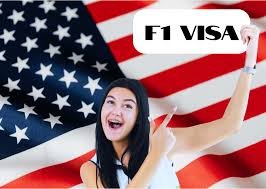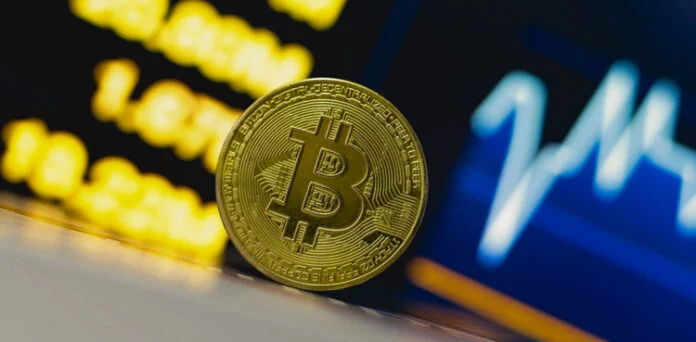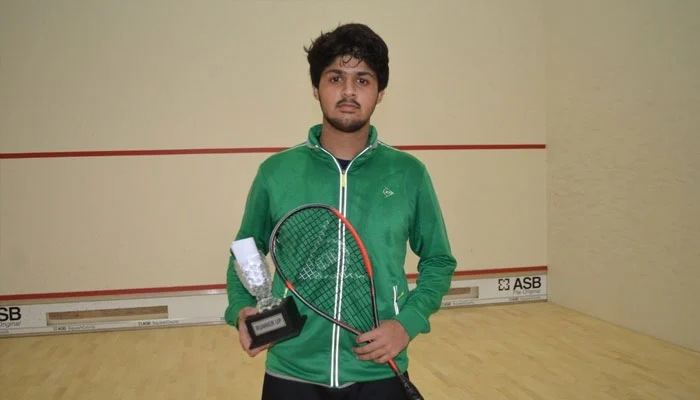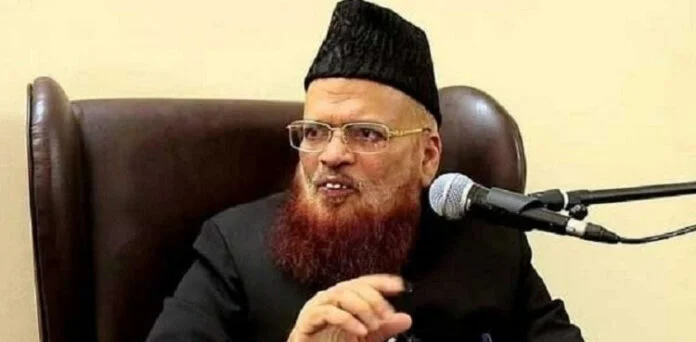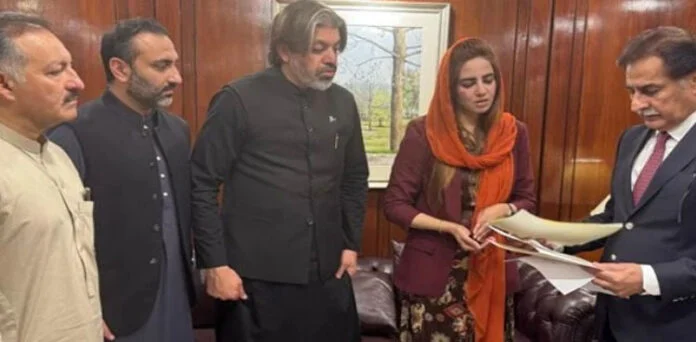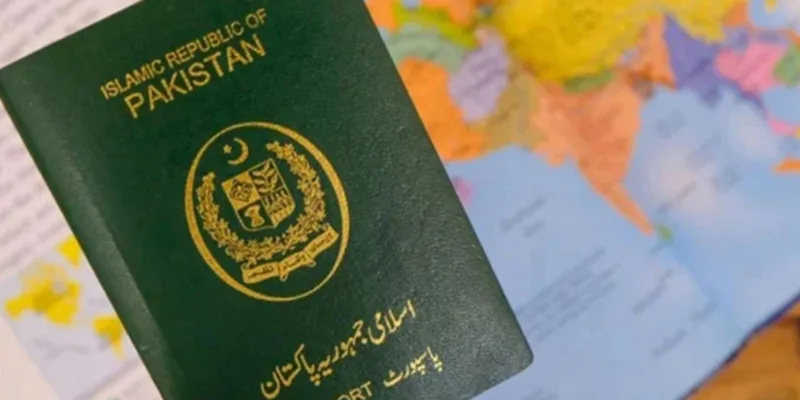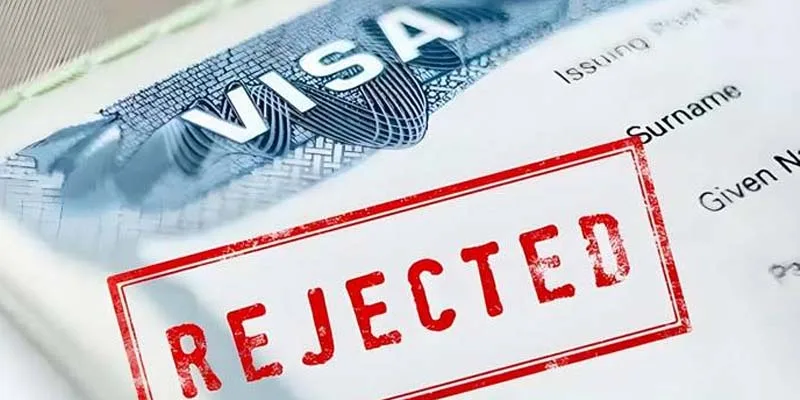
The United States government has introduced updated work visa pathways for foreign professionals in science, technology, engineering, and mathematics (STEM) fields, offering both temporary and permanent options to live and work in the country starting in 2025. These changes are part of a broader strategy to attract global expertise and strengthen the nation’s leadership in innovation, research, and advanced technology.
The U.S. Citizenship and Immigration Services has issued new guidance outlining a range of visa options designed to meet the specific needs of international STEM professionals. These include opportunities for students, researchers, skilled workers, and individuals with extraordinary abilities, with some routes offering expedited processing or self-petitioning eligibility.
Among the temporary pathways, international students who graduate from U.S. institutions in STEM disciplines can work for up to 36 months through the Optional Practical Training program, including the 24-month STEM OPT extension. This option does not require a job offer during the initial 12 months.
The H-1B visa remains a key route for those with at least a bachelor’s degree, allowing employment in specialized fields for an initial three-year period, extendable to six years. Further extensions are possible for individuals pursuing permanent residency.
The O-1 visa is tailored for individuals with extraordinary ability or achievement at a national or international level. It has no cap on the number of visas issued and permits indefinite extensions, making it highly attractive for top-tier talent.
The J-1 visa offers up to five years of work authorization for STEM professionals participating in approved exchange programs administered by the Department of State.
The L-1A and L-1B visas are available to employees of multinational companies transferring to U.S. offices in executive or specialized roles. These are valid for up to seven years, depending on the classification.
Canadian and Mexican professionals benefit from the TN visa under the USMCA agreement. This visa has no annual cap and allows unlimited renewals for qualified individuals in designated STEM occupations.
For those seeking permanent residency, the EB-1A category allows individuals with extraordinary abilities to self-petition without a job offer or labor certification. The EB-1B is intended for outstanding professors and researchers who have earned international recognition and hold a job offer.
The EB-2 category supports professionals with advanced degrees or exceptional ability. When paired with a National Interest Waiver, individuals can self-petition if their work is deemed significantly beneficial to the United States.
The EB-3 classification is suitable for professionals holding a bachelor’s degree or skilled workers with at least two years of experience. A job offer and labor certification are typically required for this path.
These updated visa policies reflect the United States’ commitment to welcoming top global talent in critical STEM fields and maintaining a competitive edge in the global economy.



